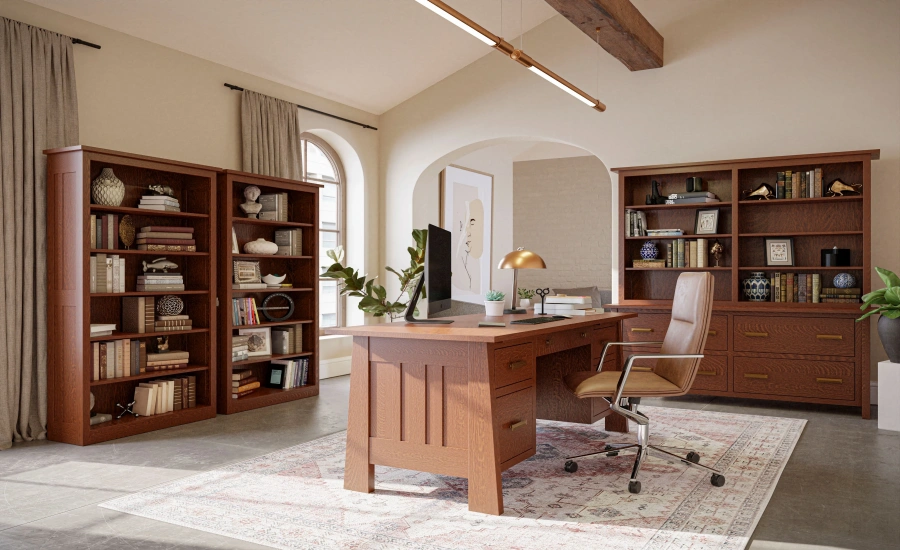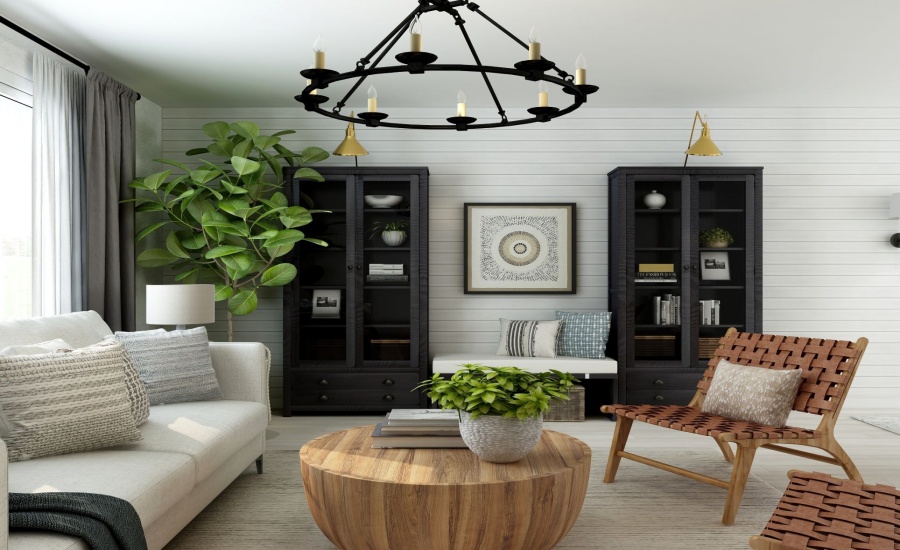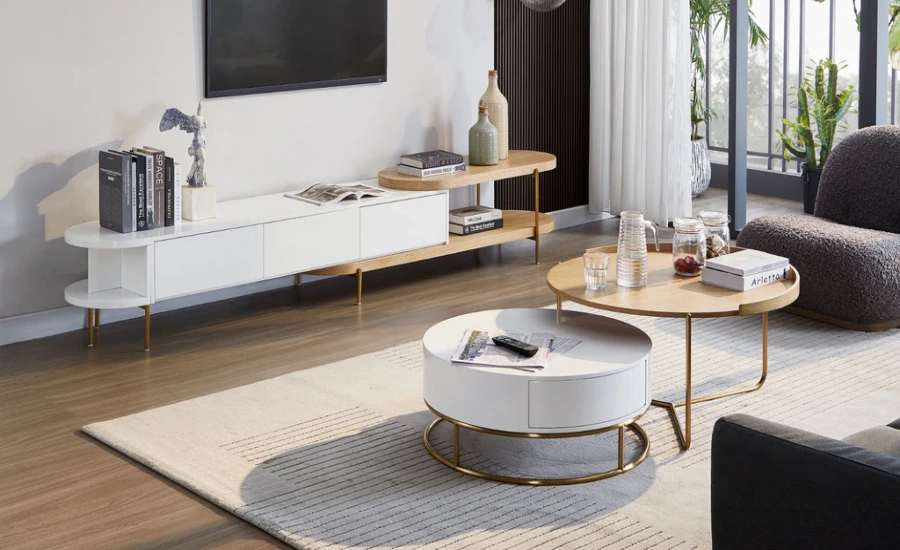Size and scale are fundamental aspects to consider when choosing furniture. Measuring the dimensions of rooms and existing furniture can prevent overcrowding and ensure that new pieces fit harmoniously within the space. Opting for appropriately scaled furniture can create an open and inviting environment. For smaller rooms, selecting multi-functional furniture can maximize utility without sacrificing style. Items such as sofa beds or storage ottomans can provide essential functionality while saving space.
Material choice significantly impacts the durability and maintenance of furniture. Different materials offer various benefits and challenges. Wood furniture is often favored for its timeless appeal and sturdiness, while metal and glass can add a modern touch. Upholstered furniture provides comfort but may require more upkeep. Understanding the lifestyle of household members can guide material selection. For families with pets or young children, durable and easy-to-clean fabrics are essential.
Color and design are vital in creating a cohesive look throughout the home. Neutral tones can provide a versatile backdrop for various decor styles, allowing homeowners to easily update accessories and accents. Bold colors and patterns can make a statement but should be used thoughtfully to avoid overwhelming the space. Mixing textures and styles can add depth and interest. Combining contemporary pieces with vintage finds can create a unique and personalized aesthetic.

Functionality should always be a priority when selecting furniture. Consider how each piece will be used daily. Dining tables should accommodate the number of people typically seated, while sofas should provide ample seating without compromising comfort. Storage solutions are crucial for maintaining an organized home. Furniture with built-in storage can help keep clutter at bay while maximizing space efficiency.
Budget considerations are also essential when selecting home furniture. Setting a realistic budget can help narrow down options and prevent overspending. Quality furniture often requires a higher initial investment but can provide long-term value and durability. Exploring various retailers, both online and in-store, can reveal a range of price points and styles. Sales and discounts can also offer opportunities to purchase high-quality pieces at a more affordable price.
Sustainability is becoming increasingly important for many homeowners. Choosing eco-friendly furniture made from sustainable materials can reduce environmental impact while promoting healthier living spaces. Many manufacturers now offer furniture made from reclaimed wood or recycled materials, appealing to environmentally conscious consumers. Researching brands that prioritize sustainable practices can lead to more responsible purchasing decisions.
Artwork, decorative items, and personal mementos can complement furniture choices, adding character and warmth. Mixing and matching different styles can create a uniquely curated space that reflects individual tastes and preferences. Investing time in selecting the right furniture can enhance both the aesthetic and functional aspects of a home, creating a welcoming environment for family and guests.














Leave a Reply